The Windows Driver Is Damaged and the Computer Is Not Running. Use These Five Methods to Quickly Fix It
Jul. 09, 2025 / Updated by Cathy to Windows Driver Solutions
Are you experiencing blue screen errors, audio errors, connection issues, or even corrupted driver errors? One or more of your drivers may be corrupted.
Corrupt, missing and old drivers on Windows can cause various problems on your system, making the devices it controls unusable or crashing, so it is crucial to fix a corrupt driver as soon as it is detected to prevent your computer from malfunctioning important. Here are some ways to fix broken drivers in Windows 10.
Five ways instructions:
1. Update the driver from the Device Manager menu
3. Run the Windows Troubleshooter
4. Use Windows Security to scan your system for viruses
1. Update the driver from the Device Manager menu
Windows 10 automatically updates your drivers with updates as they roll out. However, some updates can cause issues with the drivers, causing them to malfunction. In some cases, manually updating a broken driver can fix the problem.
1. Press the Windows + R keys to open the Run box, type devmgmt.msc and click "OK" to open the "Device Manager".
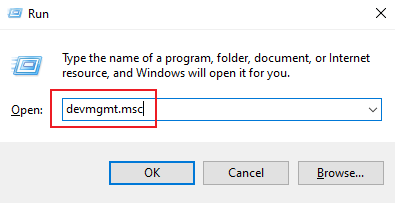
2. Check the driver list and expand the list if necessary, looking for drivers with a yellow question mark, which indicates which device has a broken driver.
3. Once you find the corrupt Windows driver, right-click it and select Update Driver from the context menu.
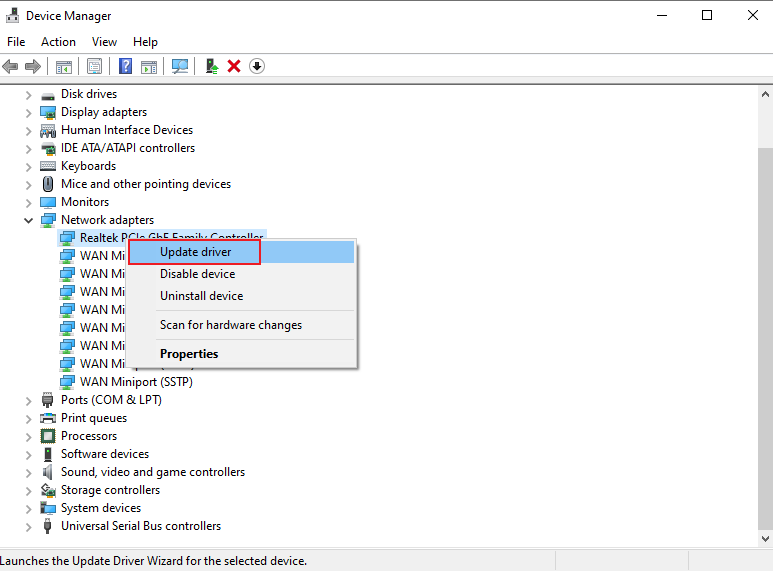
4. Windows will automatically search online for this driver and install any compatible updates for the device.
If the latest version of the driver is not installed on the computer, a manual update will usually resolve the issue. However, if no update is available, proceed to the next way.
2. Reinstall the driver
If your driver has been updated and is still corrupted, reinstalling it can sometimes fix the problem.
1. Click the following button and download Driver Talent, a useful Windows driver updater.
2. Scan your computer drivers.
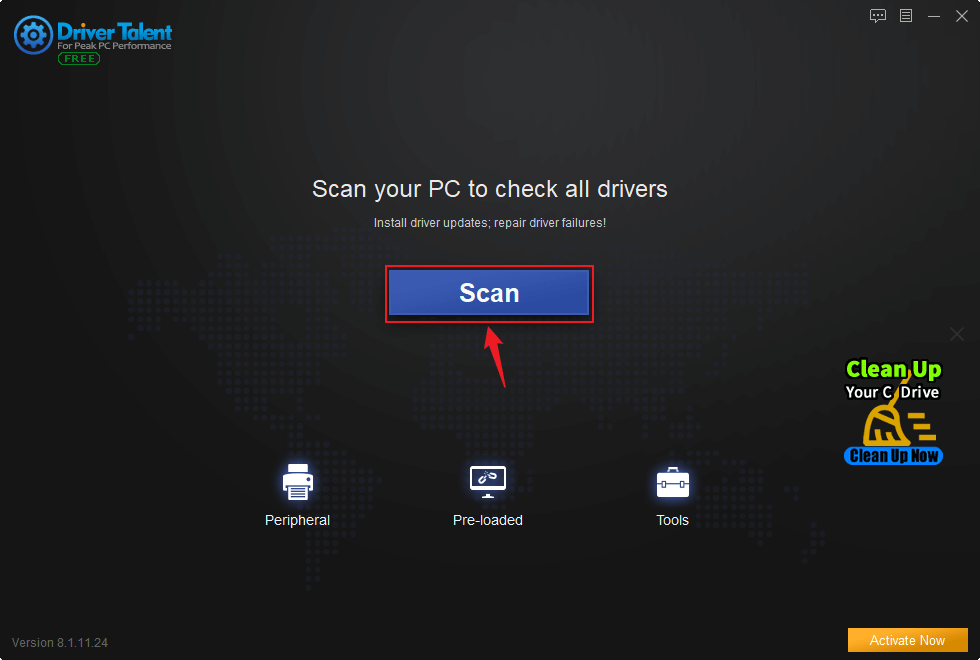
3. Uninstall drivers which have errors.
 4. Next, download the new driver and install.
4. Next, download the new driver and install.
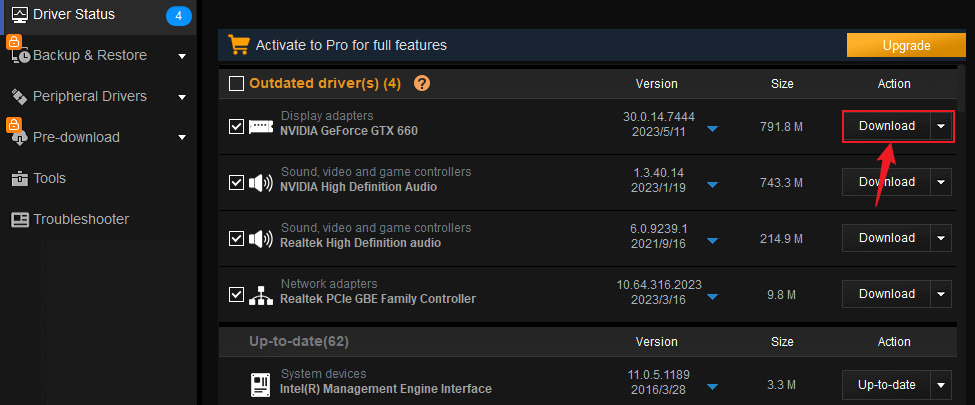
5. Restart the computer to make sure that you can use it smoothly.
3. Run the Windows Troubleshooter
If you find the manual process of fixing broken drivers tedious, then the Windows Troubleshooter tool is for you, allowing Windows to automatically download or repair broken, missing or corrupted drivers for your device.
1. Press the Windows + R keys to open the "Run" box, then type control and click OK to open the Control Panel.

2. On Control Panel, change the view to Large icons.
3. Next, select Troubleshoot from the menu.

4. Click View All in the left menu.
5. From the list, identify the problem you are currently experiencing and click on it, this will run the troubleshooter.
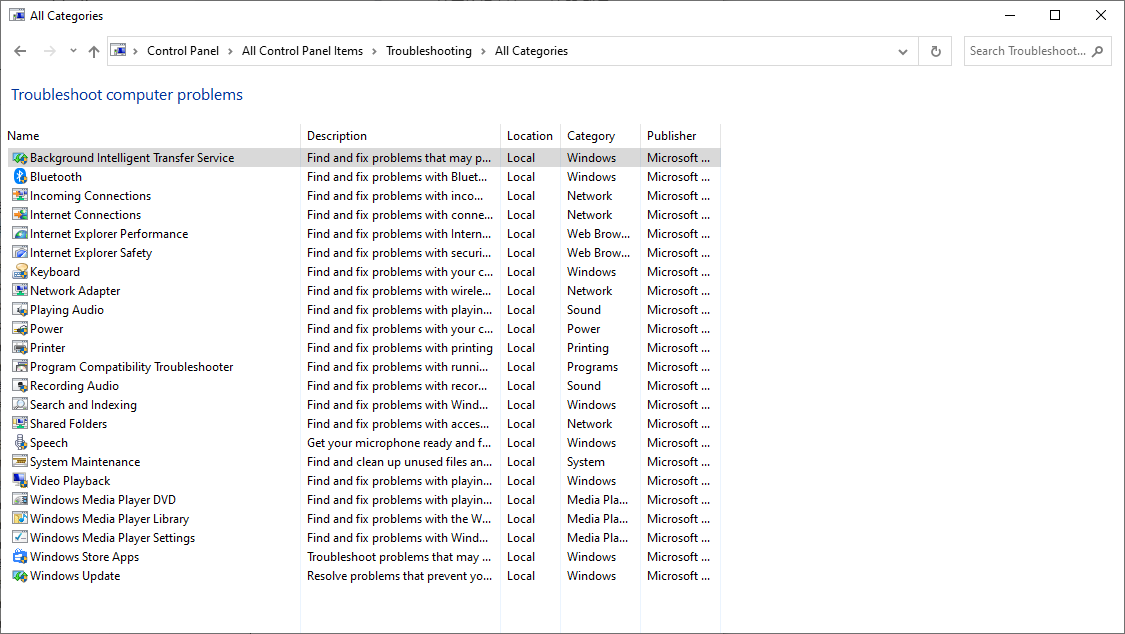
6. In the pop-up window, click Next and Windows will automatically detect the problem and fix it.
4. Use Windows Security to scan your system for viruses
Corrupted drivers are sometimes the result of malware on your computer. Fortunately, Microsoft has a built-in security tool that allows you to find and remove malicious and corrupt files from your system, which will allow you to eliminate the cause of the problem.
1. Press the Windows + S keys to open Windows Search, type "Windows Security" and press Enter to open the Windows Security App.
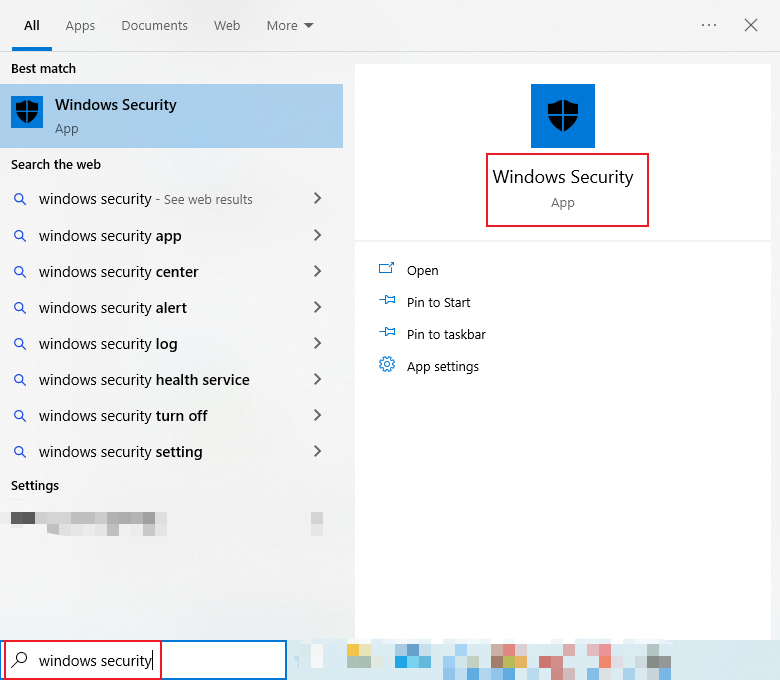
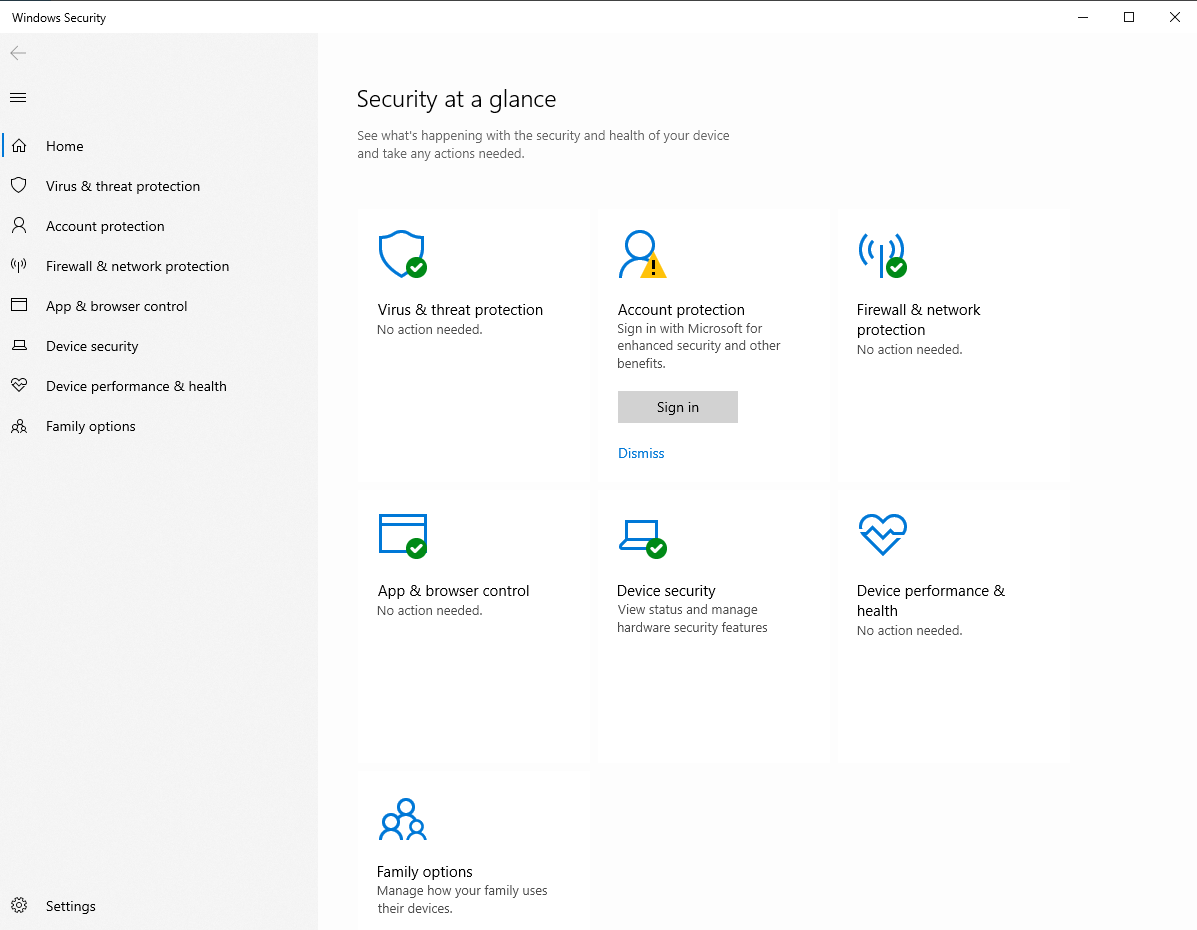
2. Click Virus & Threat Protection, click Quick Scan and your system will be scanned for any threats and removed from the system. If your computer has a lot of files and applications, the scan may take a while.
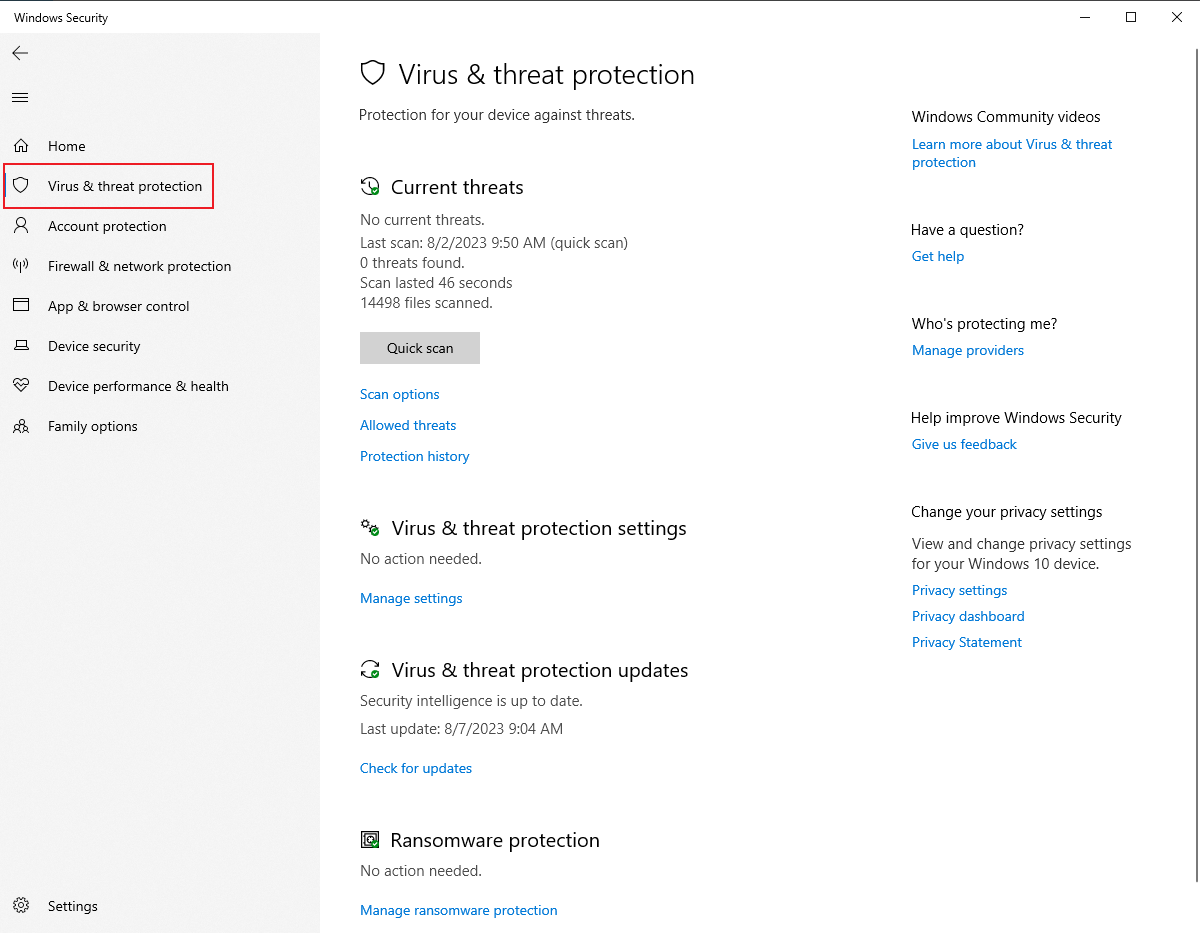
3. After the scan is complete, you can update and install the driver as described in the first method above.
5. Update Windows 10
If all else fails, system updates can fix broken drivers in Windows 10. But before updating the system, make sure the device installation setting is enabled. This setting ensures that Windows will update all your drivers with system updates.
1. Press the Windows + S keys to open Windows Search, type "Change device installation settings" and press Enter.
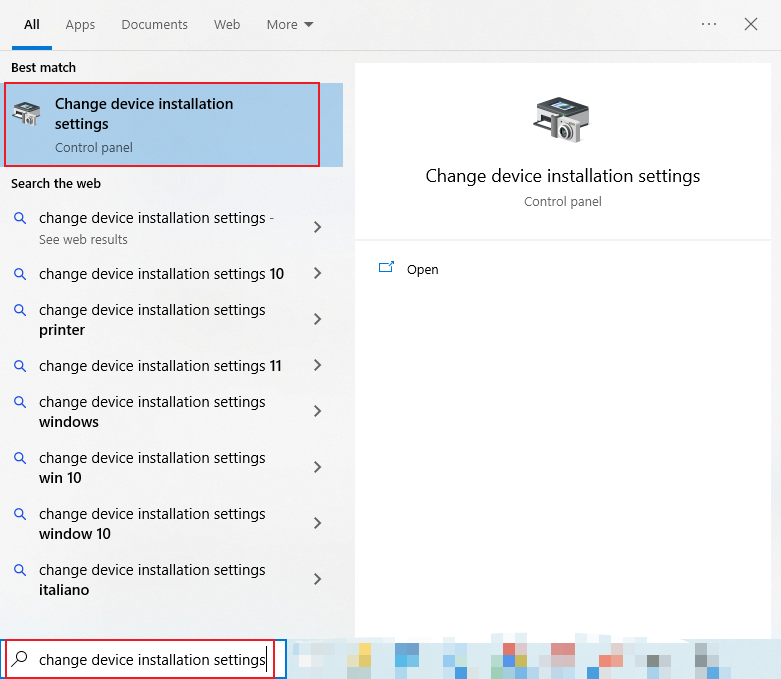
2. A popup will appear and ask: "Do you want to automatically download manufacturers' apps and custom icons available for your devices?"
3. Select "Yes" and click "Save Changes".
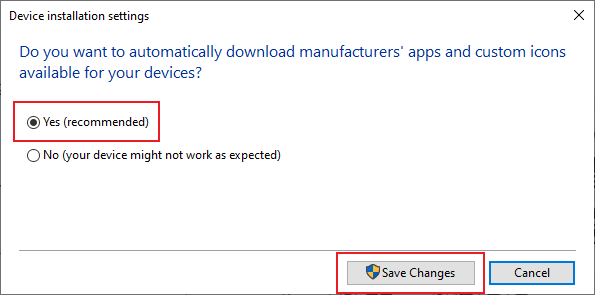
Also, check for optional updates before downloading the latest Windows updates. These optional updates contain updates your computer needs, and installing them may help fix corrupted drivers. Please follow the steps below to check for these updates:
1. Open the Settings app on your system by holding down the Windows + I keys.
2. From Settings, go to Update & Security > Windows Update.
3. On the right side of this page, click View all Optional Updates.
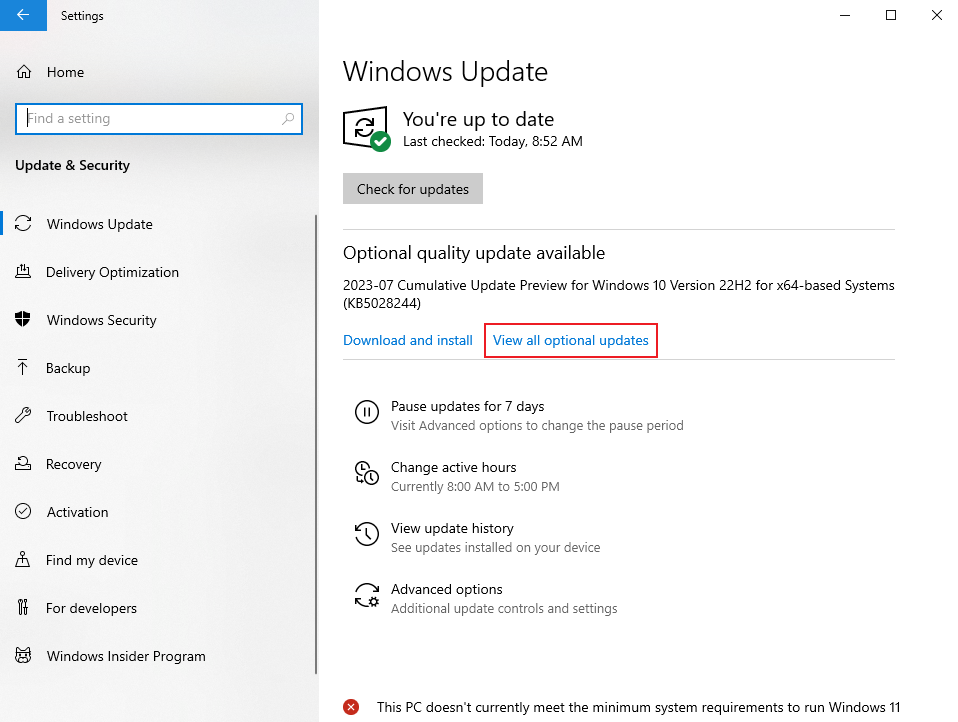
4. On this page, check the boxes under Windows Update and all related driver updates.
5. Finally, click Download and Install to start the download process. After updating your system, your drivers will also be up to date, which should fix any issues.
The above five ways can help you restore the Windows system drivers to a normal status and allow your computer to run.

|
ExplorerMax |

|
Driver Talent for Network Card | |
| Smart and advanced file explorer tool for Windows platforms | Download & Install Network Drivers without Internet Connection | |||
| 30-day Free Trial | Free Download |







